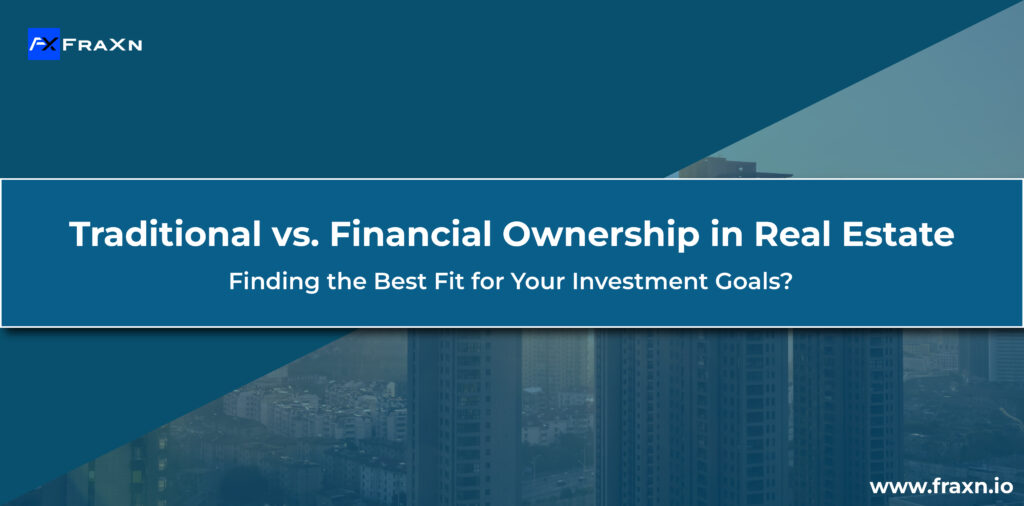
Real estate has long been a cornerstone of investment for those looking to build wealth and diversify their portfolios. Traditionally, investing in real estate meant purchasing a property outright and managing it either as a rental or for personal use.
However, a new option has emerged in recent years—fractional ownership.
This modern approach allows multiple investors to own a portion of a property, making real estate investment more accessible. This blog will explore the differences between traditional real estate investment and fractional ownership, helping you decide which option is right for you.
Traditional real estate investment involves purchasing a property entirely. As the sole owner, you have full control over the property, making decisions about maintenance, leasing, and potential sale. This method has been the go-to for many investors for decades, offering the opportunity to generate rental income and benefit from property appreciation.
Fractional ownership is a relatively new concept in real estate investment. It allows multiple investors to collectively own a property, with each investor holding a fraction of the ownership. This model reduces the capital required for investment, making it more accessible to a broader audience.
– Traditional: You own the property outright, giving you full control over it.
– Fractional: You share ownership with other investors, leading to shared control and decision-making.
– Traditional: Requires a significant amount of capital upfront.
– Fractional: Involves a lower entry barrier, making it accessible to more investors.
– Traditional: Higher risk due to concentration in a single property.
– Fractional: Lower risk through diversification across multiple properties.
– Traditional: You are responsible for all aspects of property management.
– Fractional: Professional management is often provided, making it ideal for passive investors.
Fractional ownership has gained popularity in various markets, offering investors access to high-value properties that would otherwise be out of reach. For example, platforms like FraXn are pioneering the fractional ownership model by tokenizing real estate assets. This approach allows investors to buy, sell, and trade fractions of properties on a blockchain-based platform, enhancing liquidity and accessibility.
William wanted to invest in real estate but didn’t have the capital to buy a property outright. Through a fractional ownership platform, he invested $10,000 in a luxury apartment building.
Over time, the property appreciated, and William received his share of the rental income without the hassle of managing the property. This investment allowed him to diversify his portfolio and enjoy steady returns.
Deciding between traditional real estate investment and fractional ownership depends on your financial capacity, risk tolerance, and preference for control over the property.
– You have significant capital and want full control over your investment.
– You have experience managing properties and are comfortable with the associated responsibilities.
– You prefer a well-established and regulated investment environment.
– You have limited capital but want to invest in high-value properties.
– You prefer a hands-off approach with professional management.
– You want to diversify your portfolio and reduce risk through fractional ownership.
Both traditional and fractional ownership offer unique advantages and drawbacks. Traditional real estate investment provides full control and potential high returns but requires significant capital and active management. On the other hand, fractional ownership offers a more accessible, diversified, and professionally managed investment option.
As platforms like FraXn continue to innovate in the real estate sector, fractional ownership is likely to become an increasingly popular choice for investors seeking to enter the market with lower risk and more flexibility. Whether you’re a seasoned investor or just starting, understanding the differences between these two models can help you make an informed decision that aligns with your financial goals and investment strategy.
Explore FraXn today to learn more about how fractional ownership can revolutionize your real estate investment approach.